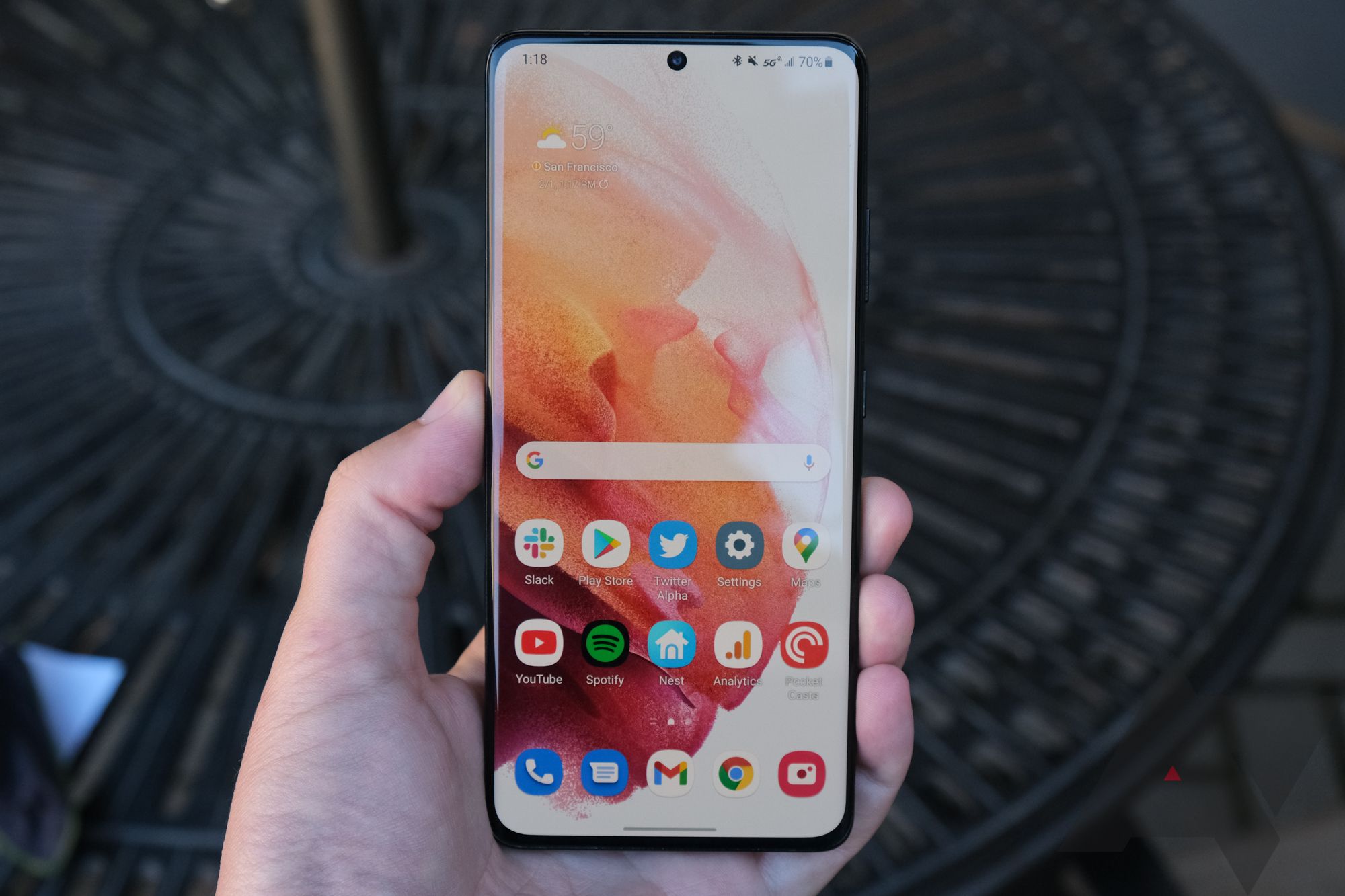Media sent between iPhones looks pristine, but Android phones don’t get the same treatment
Are you wondering why your videos are blurry in text messages on Android? It's been this way for a long time, but with the recent push from Google for other companies to implement RCS, and because the best Android phones have superb cameras, people are starting to question why things are the way they are instead of simply accepting the situation. So, why is media blurry on Android devices when sent via the default Messages app?
Text messaging is more complicated than it used to be, especially when iPhones and Android devices are mixed. Due to a few factors, media attachments like photos and videos can become degraded in quality when sent over text messages, depending on the recipient and their phone.
Multimedia Messaging Service, or MMS for short, is how phones send media content to other phones over text messages. This standard was created in the early 2000s, a time when the photo quality of most phones was only a few megapixels. So perhaps it's not too surprising that smartphones have outgrown the technology.
MMS has a strict file size limit.
The main problem with MMS is that most carriers have a strict limit on the size of files that can be sent. For example, Verizon only allows images up to 1.2MB to be sent over text messages and videos up to 3.5MB. AT&T is even stricter, only allowing videos up to 1MB in size. If an image or video is too large, it is compressed automatically.
With RAW images and 4K video recording becoming the norm even on the top budget Android phones, you shouldn't need to deal with the glaring limitations of carriers and MMS.
Wondering how different a video sent via text looks versus one posted on YouTube? Take a look at the two videos below. The first video is the original 54MB recording (only affected by YouTube's compression), while the second is an AT&T text message video downgraded to 348KB.
By comparison, Apple's Message platform has a less-restrictive file size limit, around 100MB. Since messages sent between iPhones never leave Apple's servers, the quality is superior to Android. Media sent from an iPhone to an Android device, or anything sent between Android devices, is compressed.
There isn't a fix that can improve videos sent over MMS because the carriers enforce the file size limits. However, there are workarounds that involve using different messaging protocols.
The easiest solution, in most cases, is to use a third-party messaging service that you and your recipients agree on. Here are some of the more popular messaging apps:
WhatsApp, the de-facto messaging standard in many parts of the world, allows you to send videos up to 16MB. Still, if you select to send videos as documents (by selecting Document instead of Gallery in the paper clip menu), you can send up to 2GB of video without further compression.
Telegram is another popular option for sending messages between phones, and it has the same 2GB file limit as WhatsApp. However, you can purchase Telegram Premium and extend the file-sharing limit to 4GB. Read our dedicated guide to learn more about Telegram Premium.
Skype is available on Android and iOS (as well as PCs) and allows you to send files up to 300MB in size.
You can also share messages via Google Photos if both parties installed the app. Choose the desired video or photo from the Photos app, press the Share button, and select one of your contacts (or create a link, then send that to the recipient).
Another option is to use Rich Communication Services, or RCS for short. It's the intended replacement for MMS, with support for larger file sizes. Carriers are slowly caving in to use Google's implementation as the unifying standard. Google Messages offers RCS functionality, and the three major U.S. carriers are adopting the RCS standard.
If you and the recipient enabled the Chat features in the default Messages app, you can send images, videos, and file up to 100MB in size.
The trick above doesn't work with an iPhone. Apple hasn't implemented RCS in the default Messages app and doesn't intend to in the near future. If your friend uses an iPhone, use third-party apps like WhatsApp, Telegram, or Skype.
With parts of the U.S. still relying on text messages and MMS for communication, it's a bummer that carriers have been slow to embrace RCS. Outside of carriers, it's unlikely we'll ever see Apple adopt RCS. We would like it to, but Apple isn't going to do something that helps its competitors more than it helps itself.
If you're looking for a secure alternative to sending messages to your friends and loved ones, you may want to explore end-to-end encrypted messaging apps.
The HTC One M7 sparked Parth’s interest in the Android world. Since 2013, he has been following Android blogs and tech news. After completing his education in Mechanical Engineering in 2015, Parth went to Antwerp, Belgium, to pursue his interest in diamonds before moving to the famed diamond hub Surat, India. Parth’s tech breakthrough came in January 2019 when he joined GuidingTech as an evergreen features writer. After three years, he joined the growing Android Police team to write how-tos, explainers, editorials, listicles, and comparisons on Google services and smart home accessories. If you remove his mechanical keyboard, you will find him bowling or watching The Office.
Why text message videos are blurry, and how to fix the problem – Android Police

